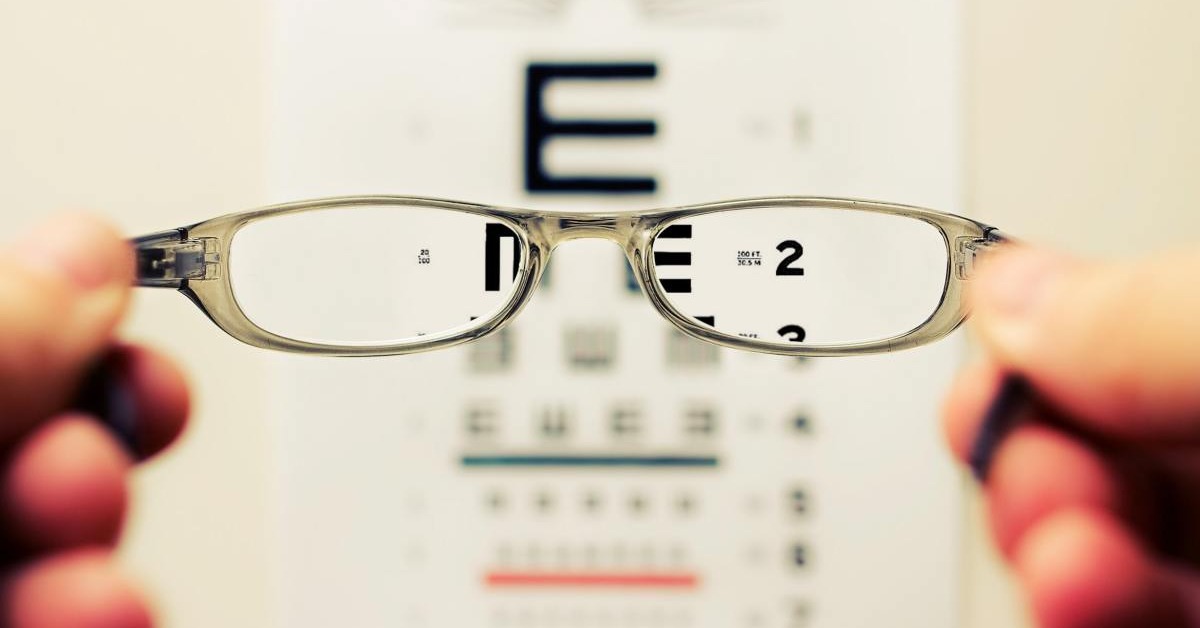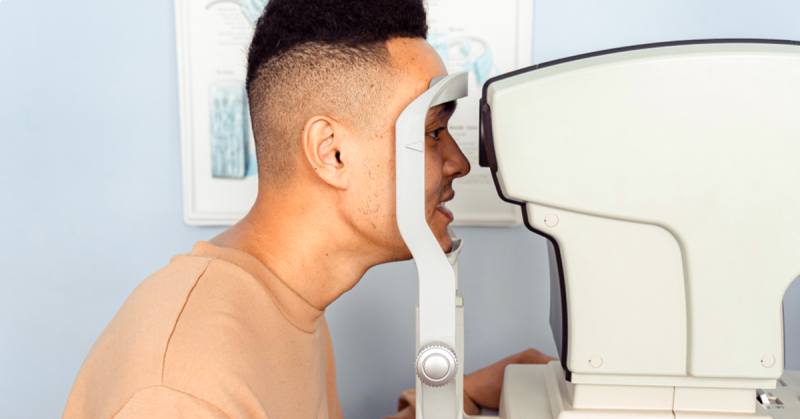
Is Optometry a Dying Field?
Future health professionals considering the field of eyecare may well [...]

What is the job outlook for optometrists? Well, vision care will always be necessary, with demand increasing as a result of an aging population. That means neither optometry nor ophthalmology are going anywhere.
The two fields are poised to undergo significant change in coming years, however. Improved AI capabilities and the proliferation of online vision retailers are already altering the landscape, although how dramatically remains to be seen. As Modern Optometry reminds its readers, at one point professionals thought LASIK surgery would make glasses obsolete. That clearly hasn’t happened.
The job outlook for optometrists is more than promising. US News & World Report ranks optometry the 13th-best healthcare profession and the 37th-best job overall. The United States Bureau of Labor Statistics (BLS) reports the field’s growth rate at 10 percent between 2021 and 2031, nearly double the rate for the job market as a whole.
Let’s take a deeper dive into the job outlook for optometrists by discussing the following:
According to the American Optometric Association (AOA), optometrists perform a majority of America’s primary eye healthcare. They provide a number of essential services, including writing prescriptions for glasses and contact lenses, offering low-vision therapy, and prescribing medication to treat eye conditions such as glaucoma. It’s a job that requires a broad range of hard and soft skills.
BLS data indicate that the majority of optometrists (23,990) work in offices of health practitioners other than physicians. Others work in physicians’ offices (6,900), health and personal care stores (4,610), outpatient care centers (1,410), and facilities run by the federal executive branch (530). Academia and jobs within the industry (such as marketing and product development) round out the list, according to the AOA.
All optometrists must earn a Doctor of Optometry (OD) and an optometry license for the state in which they practice. An optometrist can influence their career path by developing a niche focus during a year-long clinical specialization called a residency. The AOA claims that 26 percent of optometrists complete a residency in areas that include family practice, pediatrics, binocular vision, low vision, rehabilitative optometry, contact lenses, and ocular disease.
Benefits of completing a residency can include greater confidence in practical skills, a more robust professional network, and better job prospects. The skills and connections you build during a residency can lead to higher earnings in private practice.
Emerging technologies will dictate the future of optometry. Consider the rise of online sellers, a fairly recent phenomenon. According to IBIS World, eyeglass and contact sales have increased by nearly 11 percent since 2017. A reliable online vision test is still in development and could eventually upend the industry if it ever proves effective.
Artificial intelligence (AI) represents another notable development. According to an article in Optometry Times, AI can improve medical imaging, help diagnose conditions like keratoconus, and identify glaucoma. Technologies that include fundus photos, data in optical coherence tomography (OCT), wavefront aberrometry, and corneal topography can also help patients better understand their conditions and make more astute medical decisions.
According to BLS figures, optometrists (as a group) earned a mean annual wage of $125,440 in 2021. This figure varies by the location of their work. Outpatient care centers are the workplaces where optometrists earn the highest annual mean wage ($174,980), followed by offices of dentists ($170,470), offices of physicians ($148,200,), and general medical and surgical hospitals ($131,690). The BLS indicates the top ten percent of optometrists earned over $192,390 in 2021, while the bottom ten percent made less than $61,590.
According to BLS statistics, the top-paying states for optometrists are Connecticut ($155,070), Maryland ($144,570), Alaska ($143,260), North Carolina ($141,140), and Louisiana ($138,520). The lowest-paying states are Idaho ($85,200), South Carolina ($101,050), West Virginia ($105,210), Utah ($105,510), and Delaware ($106,090).
Note: the BLS did not include data for Rhode Island or the District of Columbia.
First, optometrists must complete an undergraduate education. Though certain programs (known as 3+4 programs) allow students to earn their bachelor’s degree and Doctor of Optometry degree on a continuous track, most earn their bachelor’s degree independently. OD programs do not require a specific major, but candidates typically pursue a science such as microbiology, biology, chemistry, or physics. Most optometry programs require candidates to have completed coursework in anatomy, calculus, organic chemistry, physiology, microbiology, biochemistry, psychology, and statistics. Programs may also ask applicants to complete shadowing hours at an optometrist office. The Association of Schools and Colleges of Optometry (ASCO) states that the average undergraduate GPA for optometry applicants is 3.36.
All US and Canadian optometry schools require the Optometry Admission Test (OAT). This exam tests applicant knowledge about natural sciences (essentially the prerequisite coursework), reading comprehension, physics, and quantitative reasoning. Most applicants take this test while still undergraduate students.
OD programs are competitive; only 23 are accredited in the United States. Coursework addresses topics that include clinical decision-making, vision science, optics, general medicine, ocular disease, pharmacology, and patient care. Programs may also offer specialization opportunities. The New England College of Optometry (NECO) offers three concentration options—cornea and contact lens, low vision rehabilitation, and pediatric optometry. Each imposes unique curricular requirements.
In addition to the classroom (didactic) coursework, all optometry students complete clinical rotations in healthcare settings. NECO requires rotations during all four years of the program. Responsibilities increase throughout, culminating in performing all the functions of an optometrist.
Optometrists are eye doctors, but an OD is not a Medical Doctorate (MD). Ophthalmologists are the only eye physicians. These doctors undertake the same tasks as optometrists, but they also perform eye surgery (including LASIK and cataract surgery) to correct vision problems and surgically treat serious eye diseases. Optometrists can work alongside ophthalmologists to prepare patients for surgery and help them recover. Ophthalmologists attend medical school and complete an ophthalmology residency program. According to the BLS, ophthalmologists earn a mean annual income of $270,090.
After you graduate with an OD and pass a series of National Board of Examiners in Optometry (NEBO) examinations and complete any additional state requirements, you’ll be ready for licensure. Most states require passage of NEBO parts i, ii, and iii, plus the Treatment and Management of Ocular Disease (TMOD) exam. Common additional requirements include a law and ethics test.
While many online continuing education opportunities exist for optometrists, there are currrently no completely online OD programs. NECO is planning to launch a hybrid program in fall of 2023. The program will offer online coursework and clinical placements local to the student. Like other distance-learning options, this program is designed for students who may not have access to local programs. Distance learning allows those in rural areas and states without an accredited optometry program to learn optometry without having to relocate.
(Last Updated on February 26, 2024)
Questions or feedback? Email editor@noodle.com

Future health professionals considering the field of eyecare may well [...]

The majority of our population will experience some level of [...]

Optometrists must obtain a Doctor of Optometry (OD) and adhere [...]
Categorized as: Optometry, Nursing & Healthcare